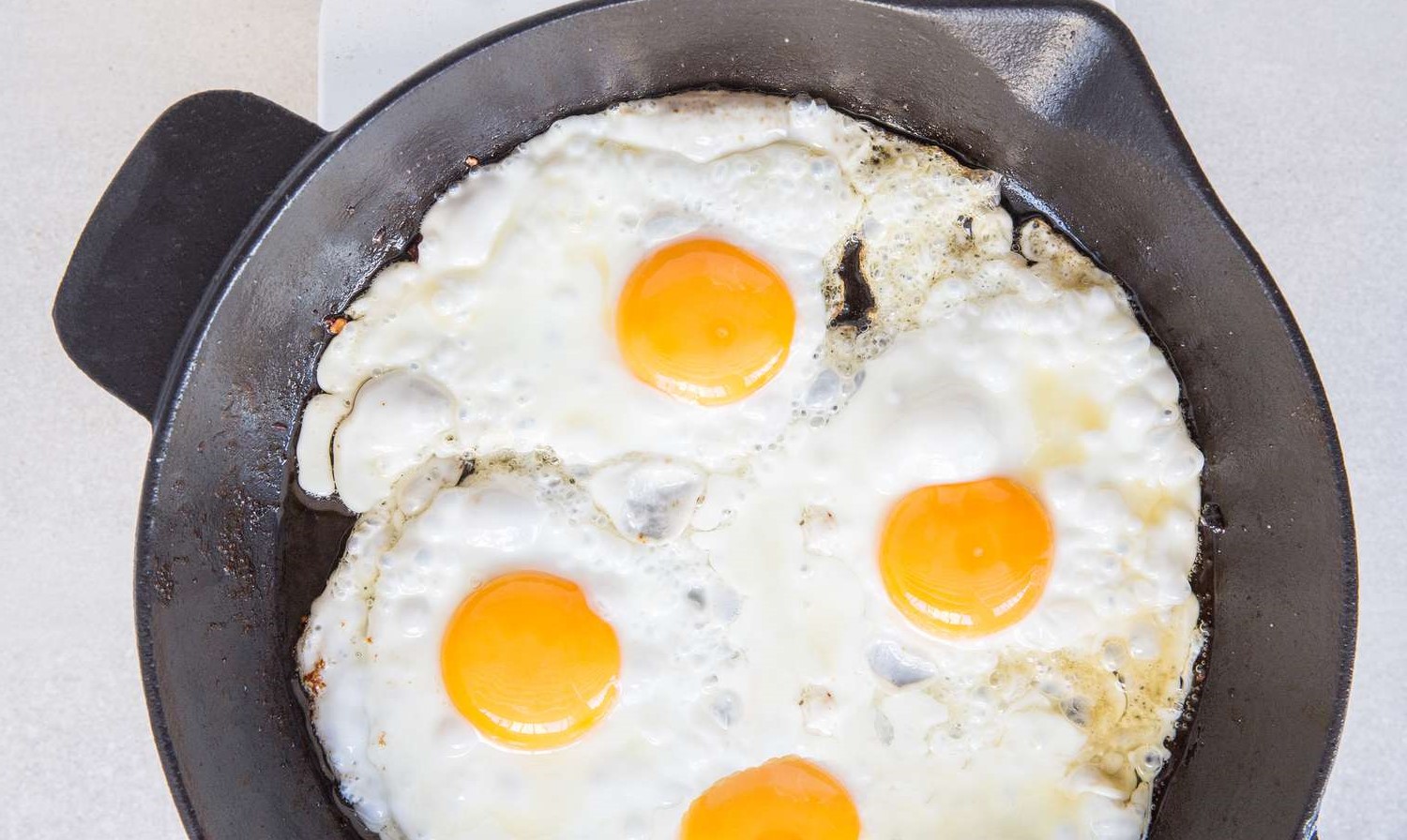

Articles
How To Cook Eggs On An Electric Skillet
Modified: February 28, 2024
Looking for articles on how to cook eggs on an electric skillet? Discover easy methods and techniques for perfectly cooked eggs with our helpful articles.
(Many of the links in this article redirect to a specific reviewed product. Your purchase of these products through affiliate links helps to generate commission for Storables.com, at no extra cost. Learn more)
Introduction
Welcome to the wonderful world of cooking eggs on an electric skillet! Whether you’re a seasoned chef or a beginner in the kitchen, mastering the art of cooking eggs on an electric skillet can open up a world of delicious possibilities. Whether you prefer fluffy scrambled eggs, crispy fried eggs, or perfectly poached eggs, an electric skillet can be your best friend in the kitchen.
In this article, we will guide you through the process of cooking eggs on an electric skillet. We will cover everything from choosing the right skillet to cleaning and maintaining it for long-lasting use. By the end of this article, you will have all the knowledge you need to whip up a fantastic egg breakfast or brunch for yourself, your family, or your friends.
So, let’s dive in and discover the secrets to cooking the perfect eggs on your electric skillet!
Key Takeaways:
- Master the art of cooking eggs on an electric skillet with precise temperature control, even heat distribution, and proper seasoning for delicious and versatile egg dishes.
- Choose the right electric skillet, properly prepare and preheat it, and follow specific techniques for scrambled, fried, and poached eggs to achieve consistent and flavorful results.
Choosing the Right Electric Skillet
When it comes to cooking eggs on an electric skillet, having the right equipment is essential. Here are some factors to consider when choosing the right electric skillet:
- Size: Consider the size of the electric skillet based on your cooking needs. If you plan on cooking eggs for just yourself or a small family, a skillet with a smaller capacity will suffice. However, if you often cook for a larger group, opt for a larger skillet.
- Nonstick Surface: Look for an electric skillet with a nonstick surface. This ensures that your eggs won’t stick to the pan and makes for easy cleanup afterward.
- Temperature Control: Choose an electric skillet with accurate temperature control settings. Eggs require precise cooking temperatures, so having a skillet with temperature control will help you achieve the desired results.
- Even Heat Distribution: Ensure that the electric skillet provides even distribution of heat. This prevents hot spots and ensures that your eggs cook evenly.
- Durability: Consider the construction and quality of the electric skillet. Look for a skillet that is made of durable materials and built to last.
Once you have chosen the right electric skillet, you are ready to move on to the next step: preparing the skillet for cooking eggs.
Preparing the Electric Skillet
Before you start cooking eggs on your electric skillet, it’s important to properly prepare the skillet to ensure optimal cooking results. Follow these steps to prepare your electric skillet:
- Wash the Skillet: Start by washing the skillet thoroughly with warm soapy water to remove any dust or residue from the manufacturing process. Rinse it well and dry it completely.
- Season the Skillet: Seasoning the electric skillet helps to create a nonstick surface and enhances the flavor of the eggs. To season the skillet, lightly coat the cooking surface with a small amount of vegetable oil or cooking spray. Heat the skillet to a medium temperature, around 300°F (150°C), and let it cook for about 10-15 minutes. This process will create a natural nonstick layer on the skillet.
- Allow the Skillet to Cool: After seasoning, turn off the electric skillet and let it cool down completely. Once it has cooled, wipe away any excess oil or residue with a paper towel.
Following these steps will ensure that your electric skillet is properly seasoned and ready for cooking eggs. Now, let’s move on to the next step: preheating the skillet.
Preheating the Electric Skillet
Preheating the electric skillet before cooking eggs is an essential step to ensure even cooking and prevent sticking. Here’s how to preheat your electric skillet:
- Plug in the Skillet: Start by plugging in the electric skillet and turning on the power.
- Select the Temperature: Set the temperature control dial to the desired cooking temperature. For most eggs, a medium to medium-high heat setting works well.
- Allow Time to Preheat: Give the electric skillet a few minutes to heat up and reach the desired temperature. This will vary depending on the model and wattage of your skillet, but typically takes around 5 minutes.
- Test the Temperature: To ensure that the skillet is properly preheated, you can perform a temperature test. Sprinkle a few drops of water on the skillet’s surface. If the water sizzles and evaporates quickly, the skillet is ready for cooking. If the water just sits on the surface, the skillet needs more time to preheat.
By preheating your electric skillet, you create an ideal cooking surface for your eggs. This step promotes even cooking and helps to prevent the eggs from sticking to the skillet.
Now that your electric skillet is preheated and ready to go, let’s move on to the different methods of cooking eggs on an electric skillet, starting with scrambled eggs!
Cooking Scrambled Eggs on an Electric Skillet
Scrambled eggs are a classic breakfast staple, and cooking them on an electric skillet is a breeze. Follow these steps to make fluffy and delicious scrambled eggs:
- Preheat the Skillet: Start by preheating your electric skillet to a medium-low heat setting. This gentle heat will ensure that the eggs cook evenly without burning.
- Prepare the Eggs: Crack the desired number of eggs into a bowl and whisk them together until well mixed. For added flavor, you can season the eggs with salt, pepper, or your favorite herbs and spices.
- Add Oil or Butter: Lightly coat the preheated skillet with a small amount of oil or butter to prevent sticking and add flavor. You can spread it evenly across the surface using a spatula or brush.
- Pour in the Eggs: Carefully pour the whisked eggs onto the skillet. Allow them to spread out and cover the cooking surface.
- Cook and Stir: Let the eggs cook for a few seconds until the edges start to set. Then, use a spatula to gently scramble and stir the eggs, moving them around the skillet to ensure even cooking.
- Continue Cooking: Cook the scrambled eggs for another minute or two, stirring occasionally, until they reach your desired level of doneness. Be careful not to overcook them, as they can become dry and rubbery.
- Serve and Enjoy: Once the scrambled eggs are cooked to perfection, transfer them to a plate and serve immediately. They pair well with toast, bacon, or other breakfast favorites.
Now you have a delicious plate of fluffy scrambled eggs, cooked to perfection on your electric skillet. Next, let’s move on to cooking fried eggs!
When cooking eggs on an electric skillet, make sure to preheat the skillet before adding the eggs. This will help prevent sticking and ensure even cooking.
Cooking Fried Eggs on an Electric Skillet
Fried eggs are a classic and versatile option for breakfast or any time of the day. Cooking them on an electric skillet allows for precise temperature control and a perfectly cooked yolk. Here’s how to cook fried eggs on an electric skillet:
- Preheat the Skillet: Start by preheating your electric skillet to a medium heat setting. This will allow the eggs to cook evenly without burning.
- Add Oil or Butter: Lightly coat the preheated skillet with oil or butter. This will prevent the eggs from sticking to the surface and add flavor.
- Crack the Eggs: One by one, crack the desired number of eggs into a bowl or directly onto the skillet. Be careful not to break the yolks.
- Cook the Eggs: Allow the eggs to cook undisturbed for a few minutes until the whites are set and the edges are slightly crisp. For sunny-side-up eggs, don’t flip them. For over-easy or over-hard eggs, carefully flip them using a spatula and cook for another minute or two.
- Season and Serve: Season the fried eggs with salt, pepper, or your favorite spices. Carefully remove the eggs from the skillet, using a spatula, and transfer them to a plate. Serve immediately to enjoy the warm, runny yolk.
Fried eggs can be enjoyed on their own, with a side of bacon or toast, or used as a topping for sandwiches or salads. The possibilities are endless!
Now that you know how to make delicious fried eggs on your electric skillet, it’s time to explore the next cooking method: poached eggs!
Cooking Poached Eggs on an Electric Skillet
Poached eggs are a true delicacy, with their soft and luscious centers. While traditionally poached in water, you can achieve equally delicious results by poaching eggs on an electric skillet. Follow these steps to cook perfect poached eggs:
- Preheat the Skillet with Water: Start by preheating your electric skillet to a medium heat setting and add about an inch of water. The water should be deep enough to cover the eggs.
- Bring the Water to a Gentle Simmer: Let the water come to a gentle simmer, where there are small bubbles rising to the surface but no rolling boil.
- Crack the Eggs: Carefully crack the desired number of eggs into a small bowl or ramekin. This will make it easier to slide them into the simmering water.
- Slide the Eggs into the Water: Using a spoon or spatula, gently slide the eggs from the bowl into the simmering water, one at a time. Be careful not to break the yolks.
- Poach the Eggs: Allow the eggs to poach in the simmering water for about 3-4 minutes or until the whites are set but the yolks are still runny. Adjust the cooking time if you prefer a firmer yolk.
- Remove the Poached Eggs: Using a slotted spoon, carefully remove the poached eggs from the water and transfer them to a plate lined with paper towels to drain any excess water.
- Season and Serve: Season the poached eggs with salt, pepper, or any other desired seasonings. Serve them immediately on toast, English muffins, or your favorite breakfast dish.
With their silky yolks and delicate texture, poached eggs make a delightful addition to any meal. Enjoy them as a breakfast centerpiece, as a topping for salads or grain bowls, or as part of an indulgent eggs Benedict.
Now that you know how to make perfectly poached eggs on your electric skillet, let’s move on to the cleaning and maintenance of the skillet.
Cleaning and Maintenance of the Electric Skillet
Proper cleaning and maintenance of your electric skillet are essential to keep it in good condition and ensure its longevity. Follow these steps to clean and maintain your electric skillet:
- Unplug and Cool Down: Before cleaning the skillet, make sure it is unplugged and completely cool. It’s important to never immerse the skillet in water or clean it while it’s still hot.
- Remove the Temperature Control Unit: Many electric skillets have a removable temperature control unit. Detach it from the skillet before cleaning to avoid damage to the electrical components. Refer to the manufacturer’s instructions for guidance.
- Wipe the Skillet: Use a soft cloth or paper towel to wipe the cooking surface of the skillet. This will remove any food residue or grease. For stubborn stains or residue, you can use a mild dishwashing liquid and warm water solution.
- Do Not Submerge: Never submerge the electric skillet or immerse it in water. Instead, use a damp cloth to wipe around the heating element and the exterior of the skillet.
- Clean the Temperature Control Unit: If the temperature control unit is greasy or dirty, wipe it with a damp cloth. Do not immerse the control unit in water.
- Dry Thoroughly: After cleaning, make sure the electric skillet and temperature control unit are completely dry before reassembling. Moisture can damage the electrical components.
- Store Properly: When not in use, store the electric skillet and its components in a clean and dry place. Avoid keeping any heavy objects on top of the skillet.
- Regular Maintenance: Regularly inspect the electric skillet for any signs of wear or damage. Check the power cord for any fraying or exposed wires. If you notice any issues, discontinue use and contact the manufacturer for repair or replacement.
By following these cleaning and maintenance guidelines, you can keep your electric skillet in excellent condition and ensure its performance for years to come.
Now that you know how to clean and maintain your electric skillet, let’s move on to some tips and troubleshooting for cooking eggs on an electric skillet.
Tips and Troubleshooting
When cooking eggs on an electric skillet, a few tips and troubleshooting techniques can come in handy. Here are some helpful suggestions to enhance your egg-cooking experience:
- Use Low to Medium Heat: Eggs require gentle heat to cook evenly without burning. Start with a low to medium heat setting on your electric skillet and adjust as needed.
- Prevent Sticking: To prevent eggs from sticking to the skillet, use a nonstick cooking spray, oil, or butter before adding the eggs.
- Experiment with Seasonings: Get creative with seasonings and add flavor to your eggs. Try sprinkling them with herbs, spices, grated cheese, or hot sauce for an extra kick.
- Add Ingredients: Enhance your eggs by adding ingredients such as chopped vegetables, cooked meats, or shredded cheese for a personalized and flavorful touch.
- Don’t Overcook: Be mindful not to overcook your eggs, especially scrambled or fried eggs, as they can become dry and lose their soft texture. Cook the eggs until they are just set and still slightly moist.
- Monitor Temperature: Keep an eye on the temperature of your electric skillet to ensure that it stays consistent throughout the cooking process. Adjust the temperature as needed to achieve the desired results.
- Troubleshooting: If your eggs are sticking to the skillet, try increasing the amount of oil or butter used for greasing. If your eggs are cooking too quickly or burning, reduce the heat or move the skillet to a cooler burner.
- Practice Makes Perfect: Cooking eggs on an electric skillet may require some trial and error to achieve your preferred level of doneness. Practice and experimentation will help you develop your own perfect egg-cooking technique.
With these tips and troubleshooting techniques, you’ll soon become an expert in cooking eggs on an electric skillet. Enjoy the process and savor the delicious results!
Next, let’s conclude our article on cooking eggs on an electric skillet.
Read more: How To Boil Eggs In An Electric Skillet
Conclusion
Cooking eggs on an electric skillet is a fantastic way to whip up delicious and versatile meals, whether it’s a hearty breakfast, a quick lunch, or a satisfying dinner. With the right electric skillet and a few simple techniques, you can enjoy perfectly cooked eggs with minimal effort and maximum flavor.
From fluffy scrambled eggs to crispy fried eggs and delicate poached eggs, the electric skillet provides precise temperature control and even heat distribution, ensuring consistent and delicious results every time. Whether you prefer your eggs plain or jazzed up with a variety of ingredients and seasonings, the possibilities are endless.
Remember to choose the right electric skillet based on your needs, keep it properly prepared and preheated, and follow the specific techniques for each cooking method. Additionally, cleaning and maintaining your electric skillet will ensure its performance and longevity.
With the tips and troubleshooting suggestions provided, you’ll be well-equipped to tackle any challenges that may arise. Practice, experiment, and adapt to find your perfect egg-cooking technique, and soon you’ll be impressing yourself and others with your culinary skills.
So, grab your electric skillet, crack some eggs, and let your creativity flow in the kitchen. Enjoy the journey of cooking eggs on an electric skillet, and savor the delicious results!
Frequently Asked Questions about How To Cook Eggs On An Electric Skillet
Was this page helpful?
At Storables.com, we guarantee accurate and reliable information. Our content, validated by Expert Board Contributors, is crafted following stringent Editorial Policies. We're committed to providing you with well-researched, expert-backed insights for all your informational needs.
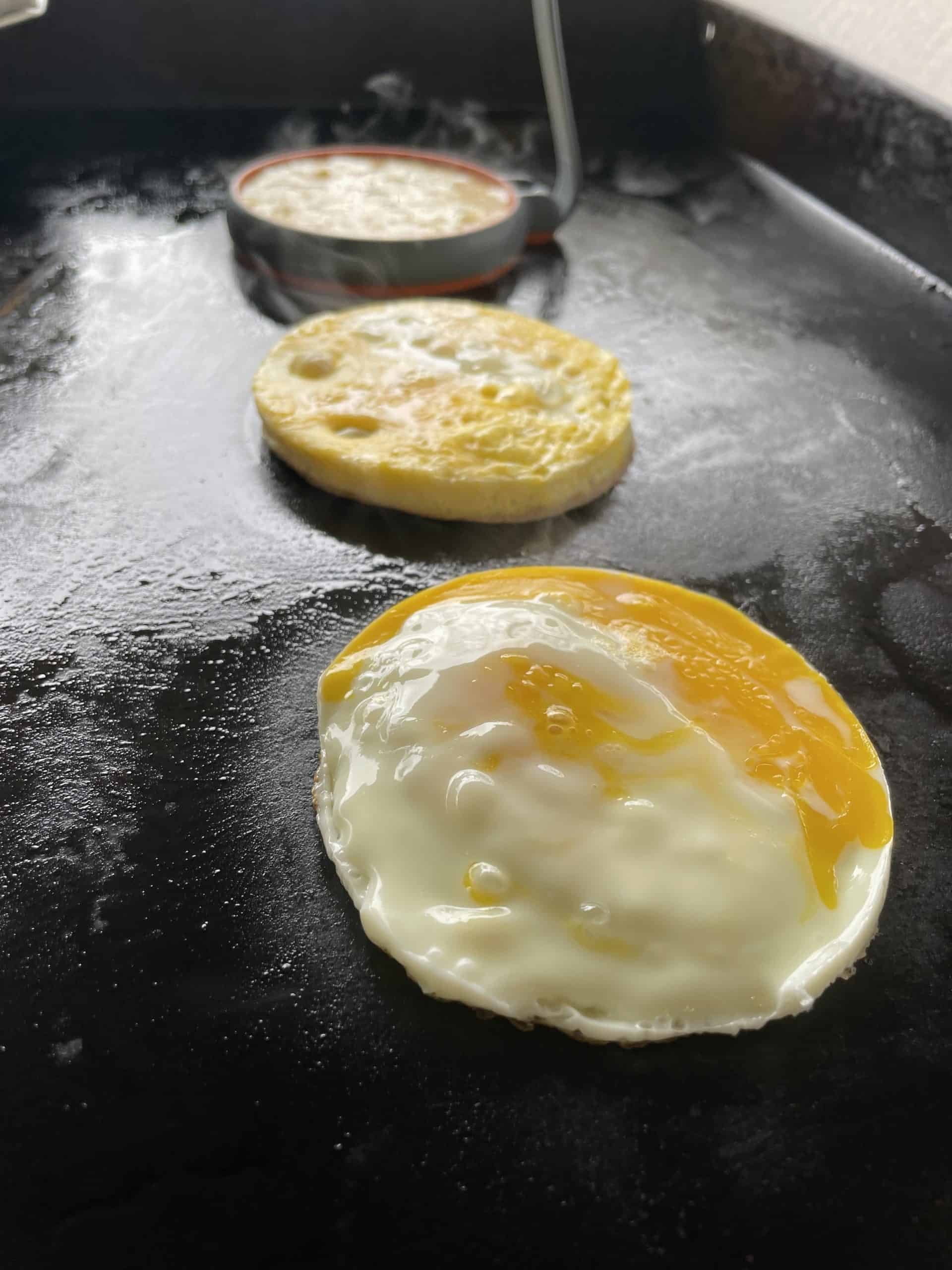
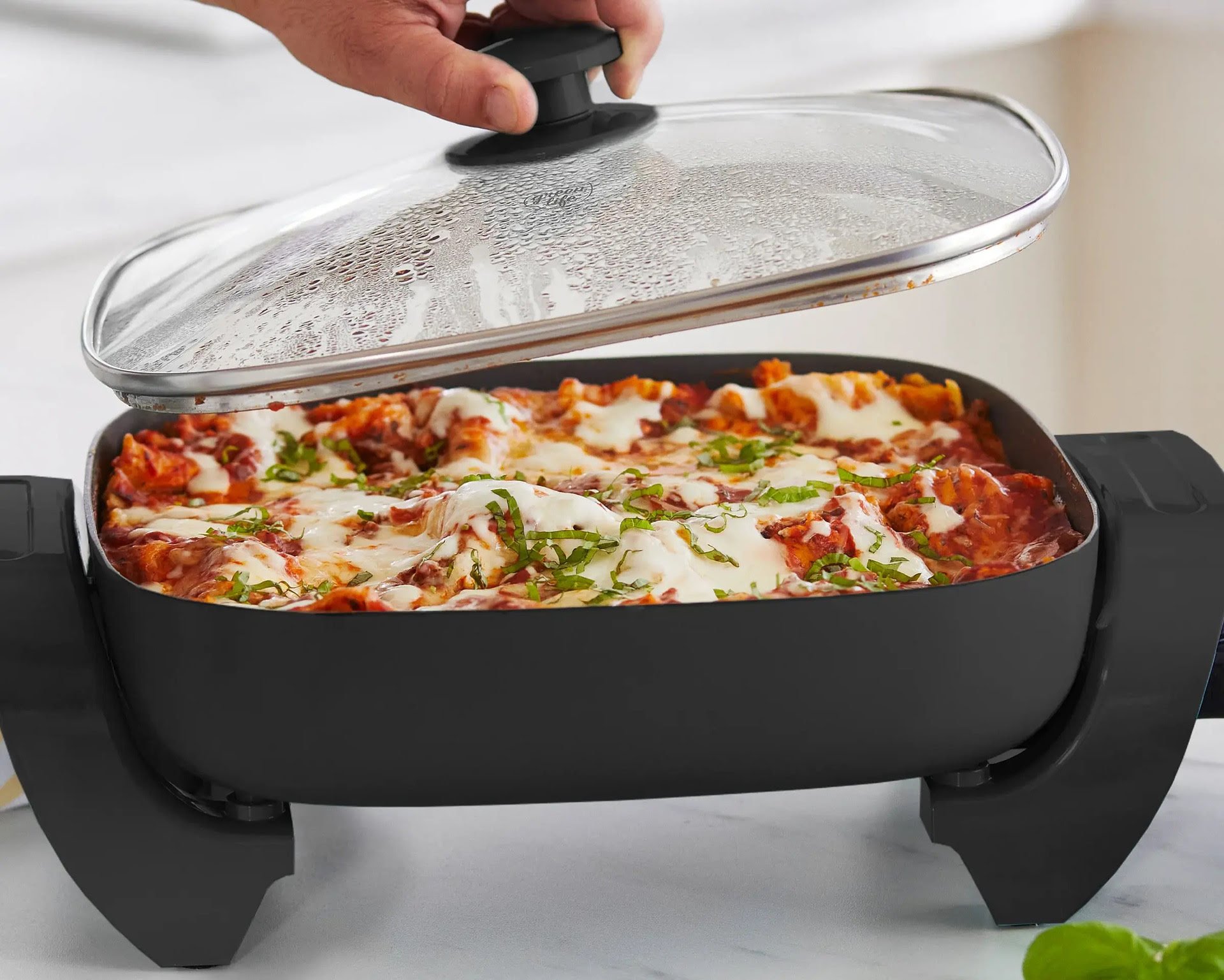
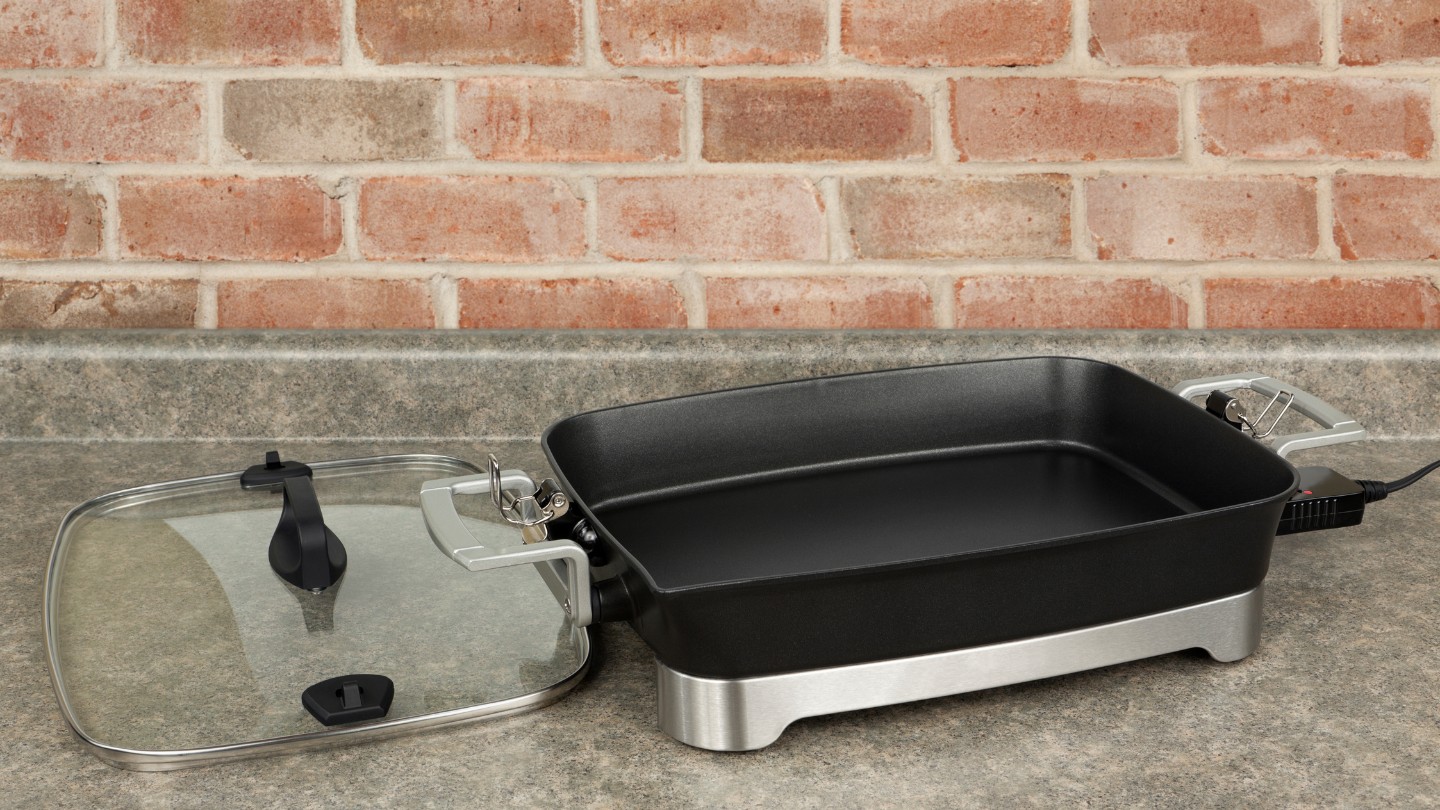
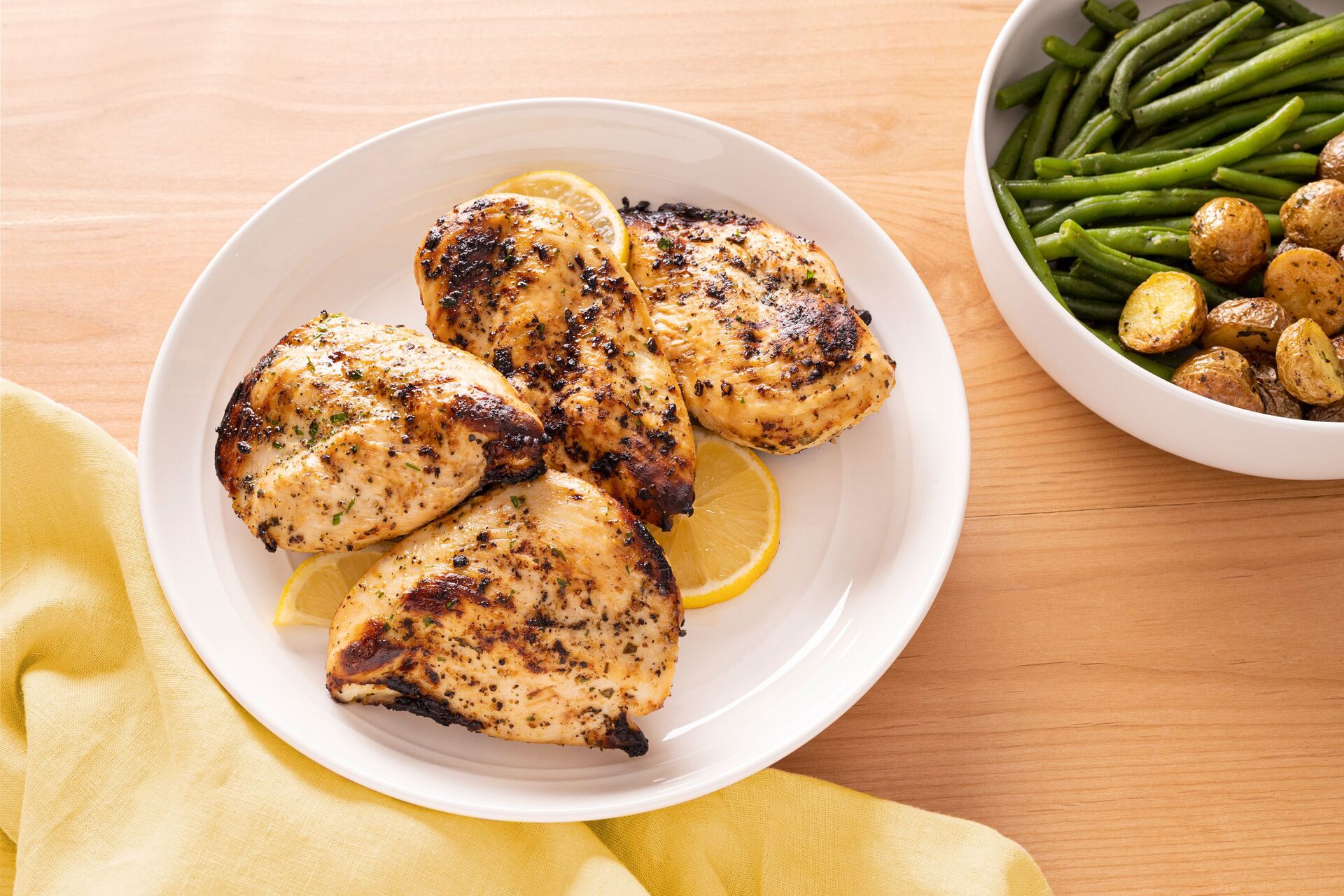
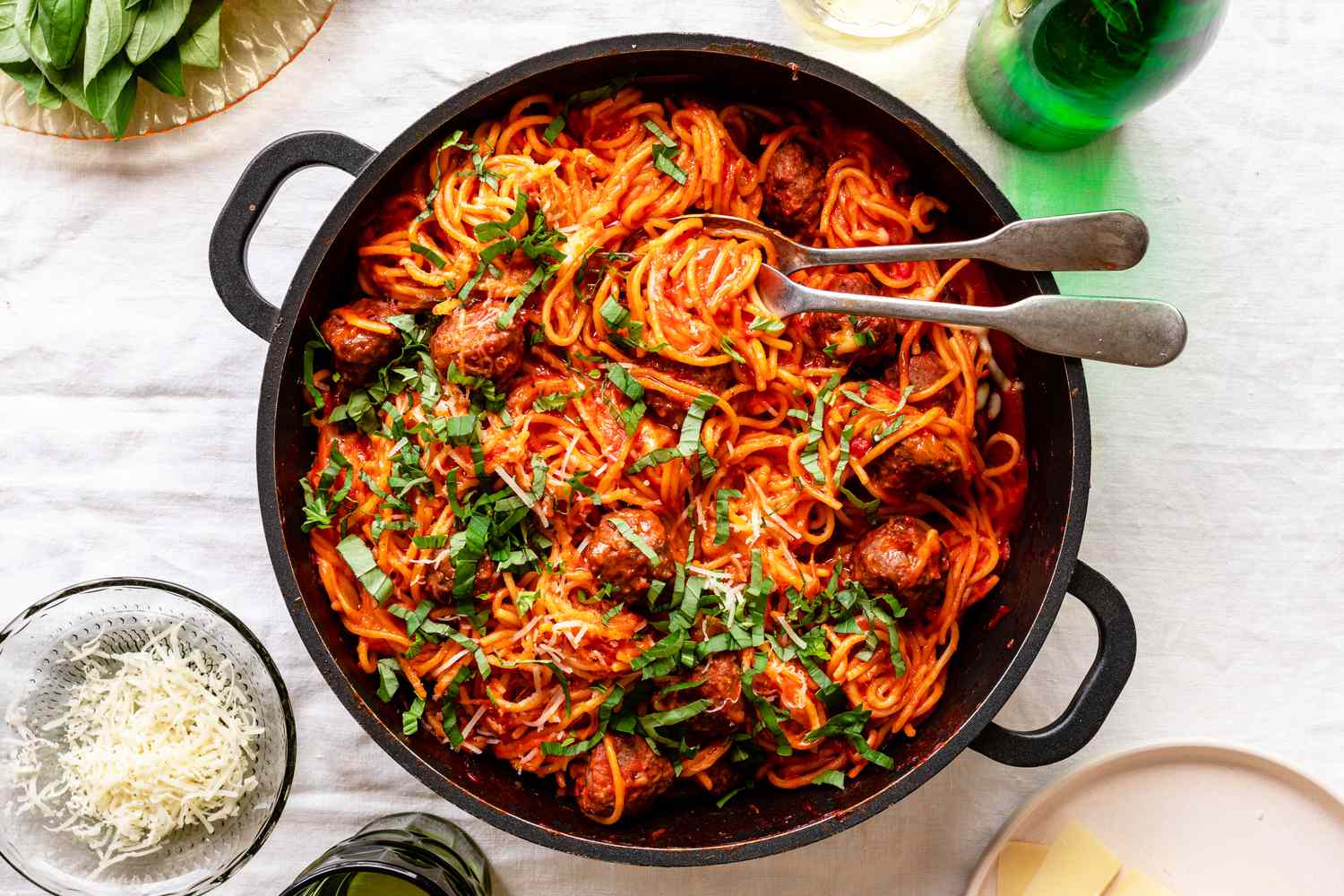
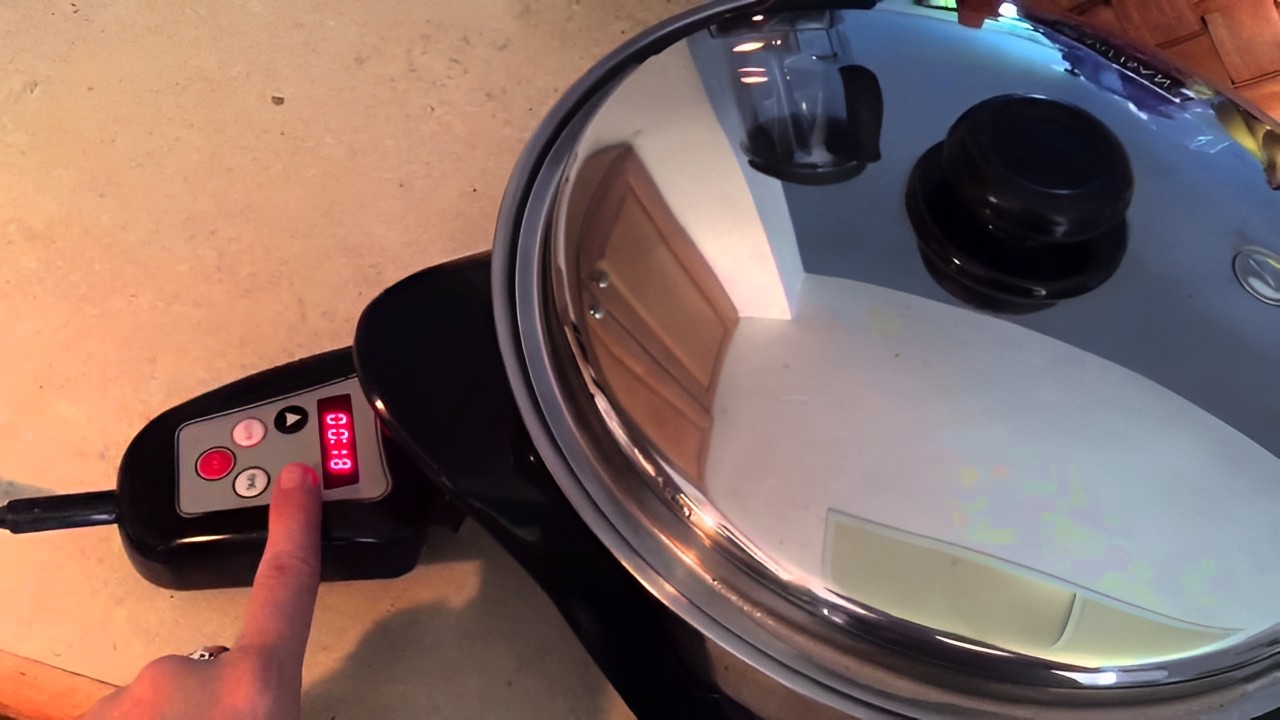
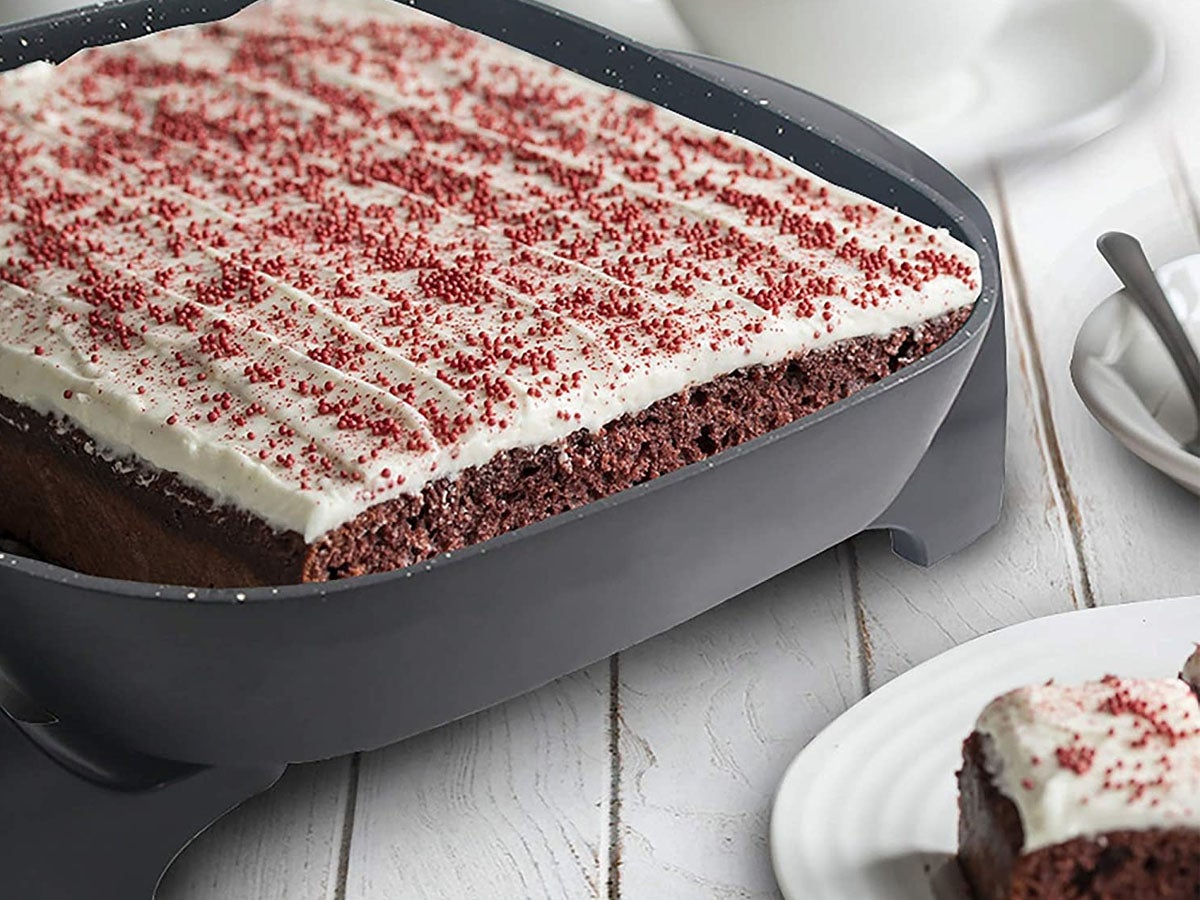
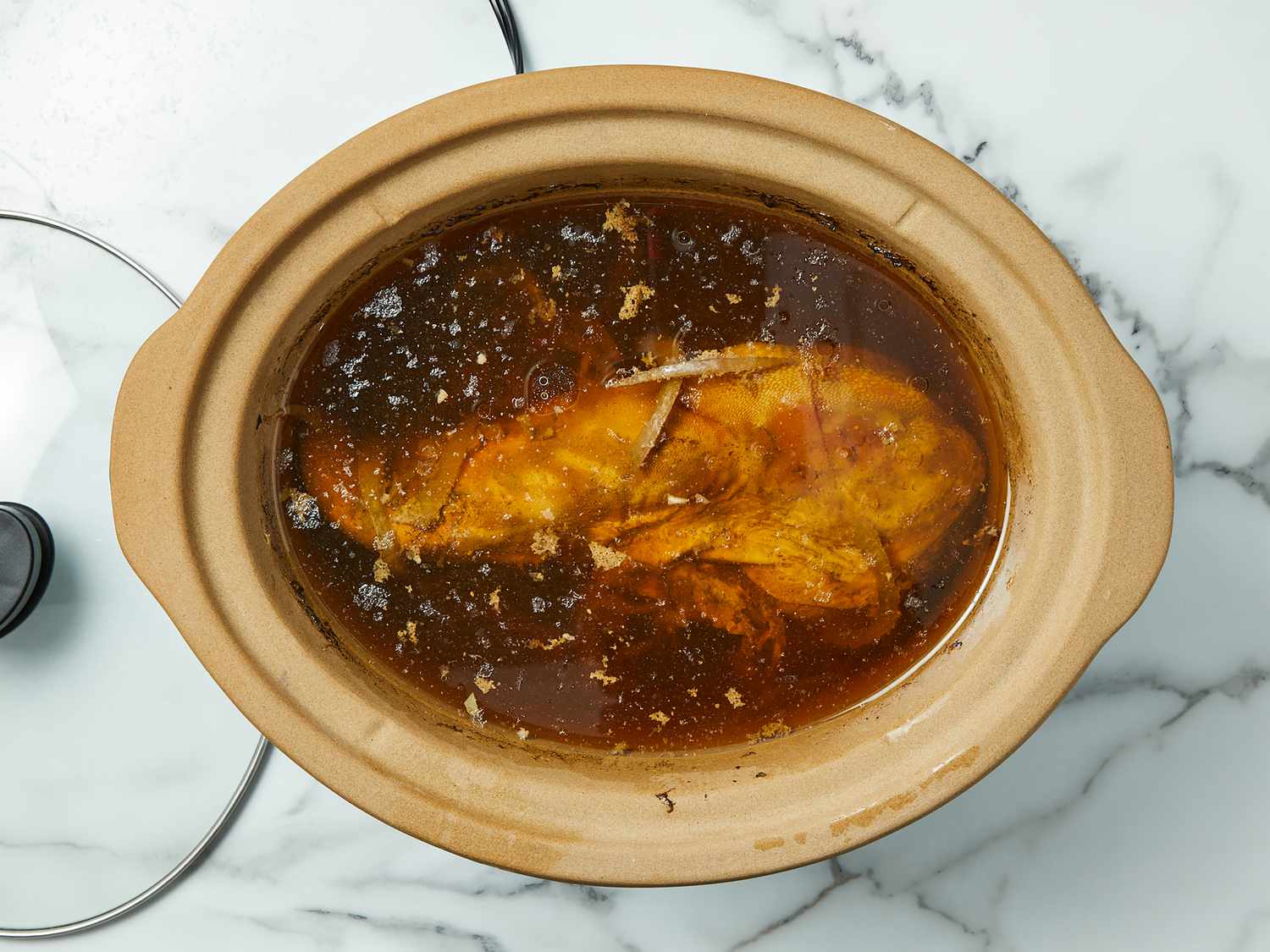
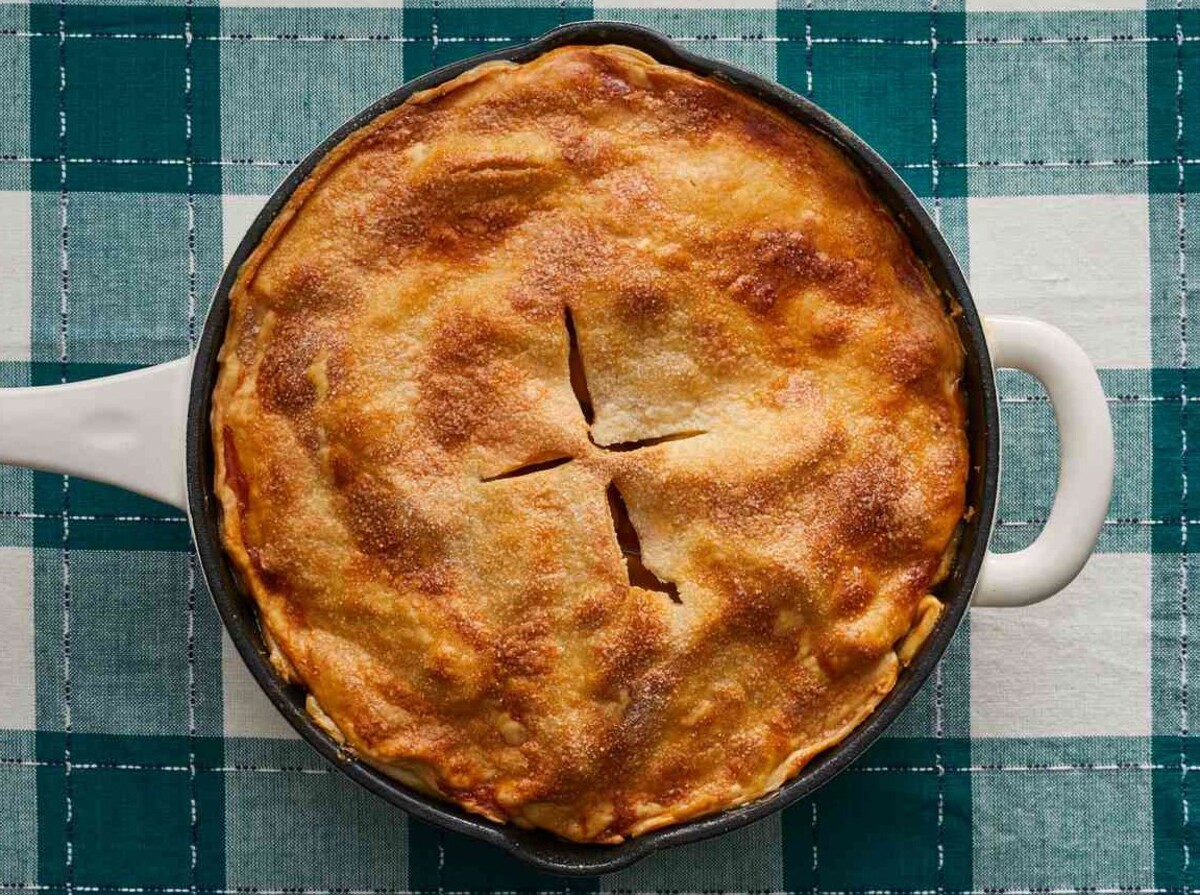
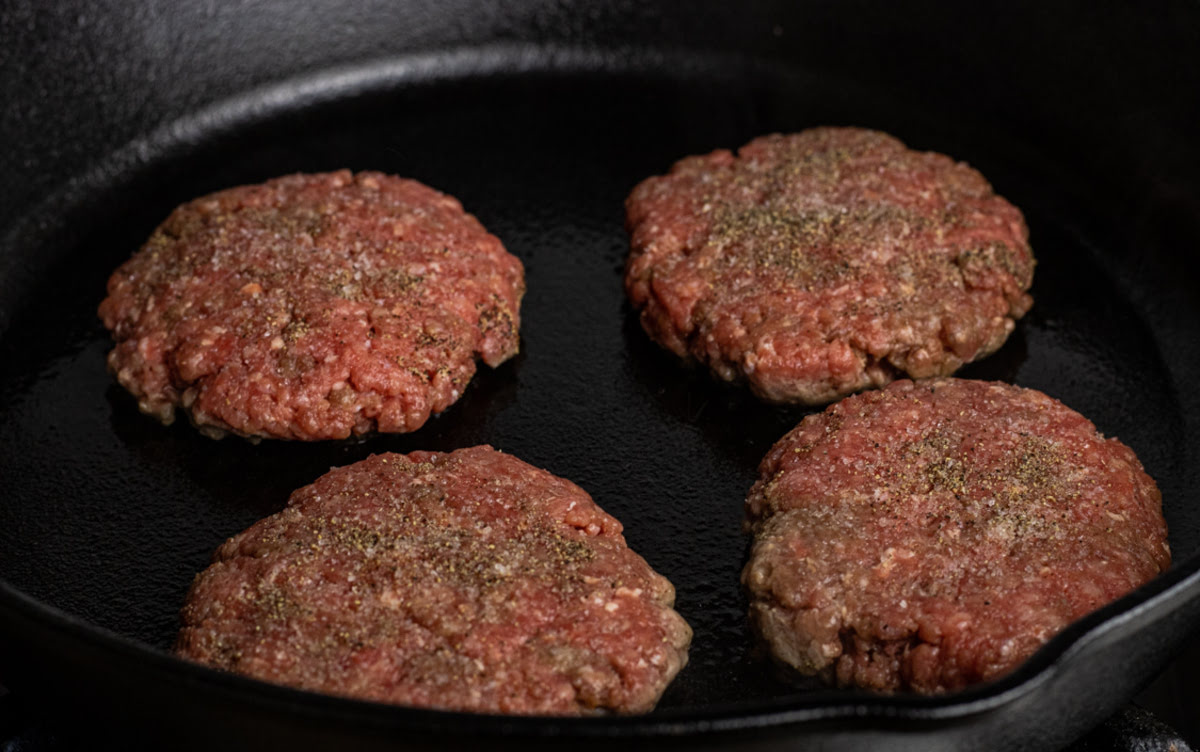

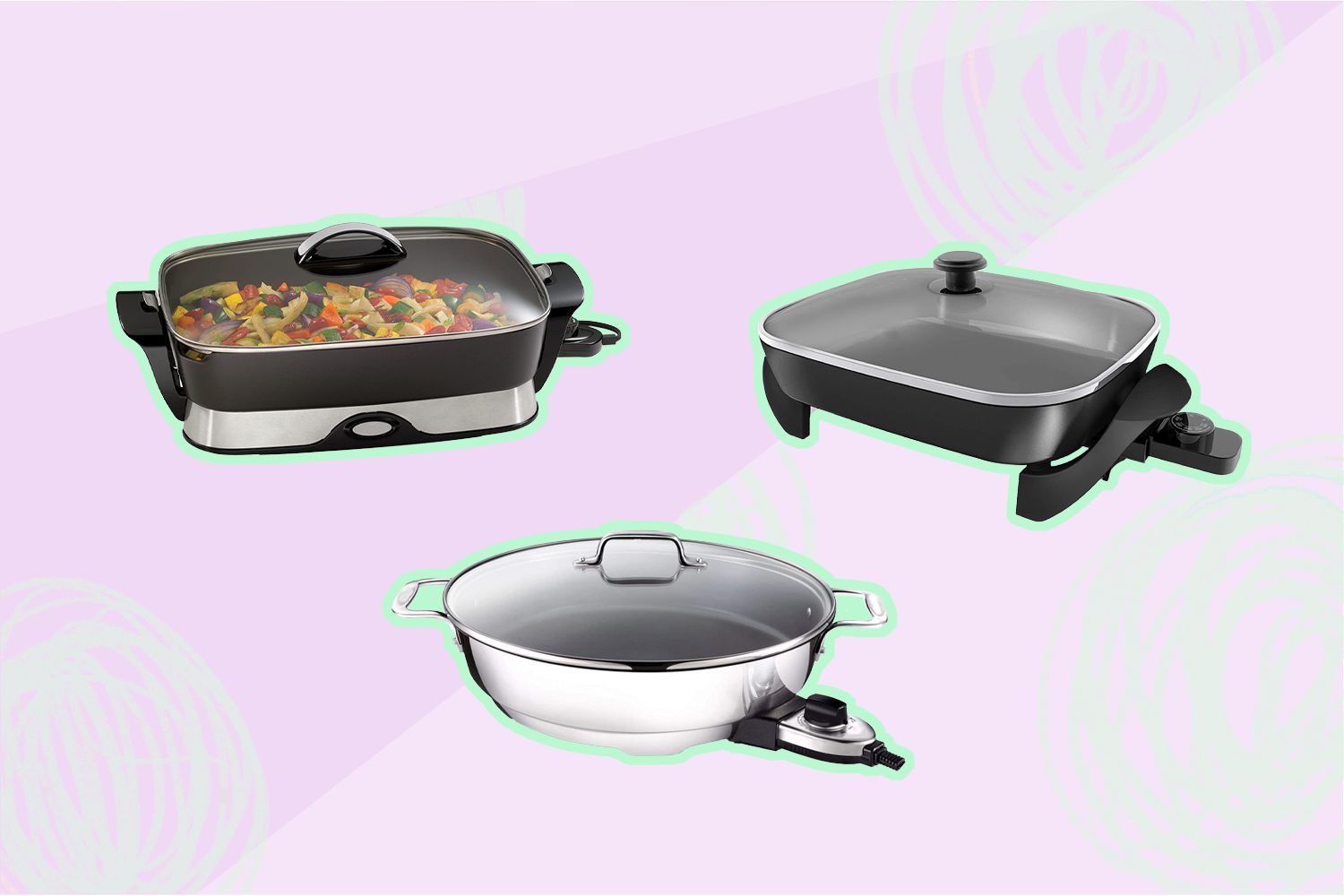
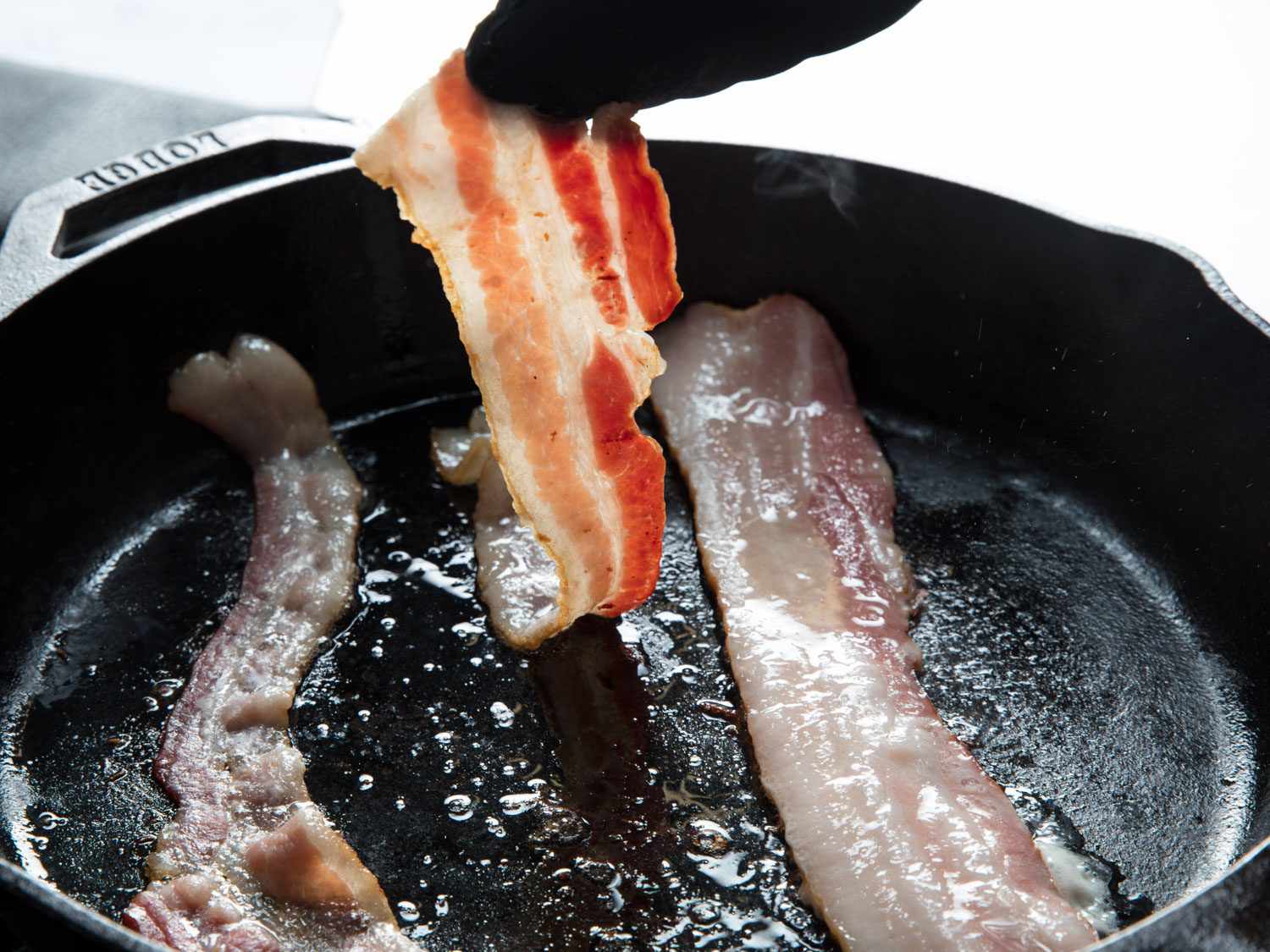

0 thoughts on “How To Cook Eggs On An Electric Skillet”